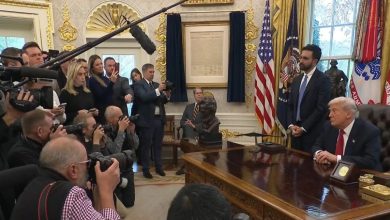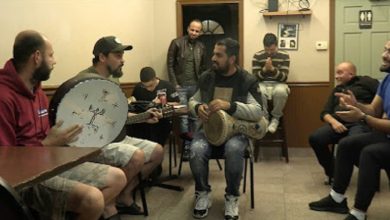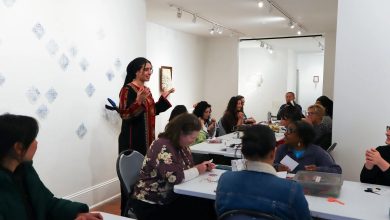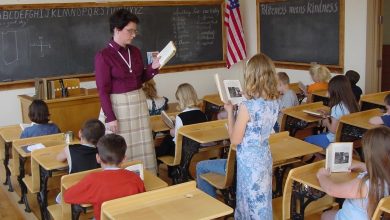Arab and Muslim Communities in Montana: History, Culture, and Modern Life
Discover the rich history, growing presence, and cultural contributions of Arab and Muslim communities across Montana’s cities and towns.
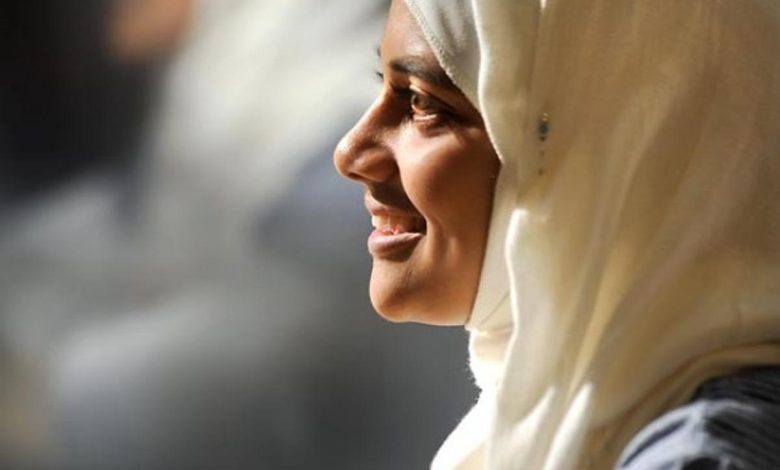
While Montana is often associated with vast open spaces, ranching, and a predominantly rural population, the state also holds a lesser-known but historically rich Arab and Muslim presence. Though small in number compared to larger states, Arab and Muslim Montanans have been part of the region’s social fabric for more than a century.
1. Early Migration and Historical Roots
The earliest known Arab presence in Montana dates back to the late 19th and early 20th centuries, during the same migration wave that brought thousands of Arabs—mainly from Greater Syria (present-day Lebanon, Syria, and Palestine)—to the United States. Many of these early immigrants worked as peddlers, traders, and laborers, following the expansion of the railroads and mining industries across the American West.
Some settled temporarily in Montana towns along railway lines or mining areas, supplying goods to frontier communities. Although small, their role was significant: they served as cultural and economic bridges between immigrant communities and rural Montanans.

2. Religious and Cultural Identity
The Muslim population in Montana is diverse, including both Arab Muslims and immigrants from South Asia, Africa, and the Balkans. Islam in Montana began to be more visible in the late 20th century, as families and professionals settled permanently.
-
Mosques and Islamic centers began to appear, especially in cities like Bozeman, Billings, and Missoula.
-
These institutions serve as both religious and cultural hubs, offering Friday prayers, Quranic classes, community gatherings, and Ramadan iftars.
-
Montana State University and the University of Montana also have Muslim Student Associations (MSAs), which have been active in interfaith events and cultural outreach.
Although the Arab population is relatively small, Arab Muslim families often play key roles in these institutions, helping maintain religious life and cultural heritage.
3. Modern Communities and Professional Life
Today, Montana’s Arab and Muslim communities are composed of students, medical professionals, engineers, entrepreneurs, and academics. Many arrived in recent decades through educational or professional migration.
-
Medical sector: Arab doctors and healthcare workers have contributed significantly to hospitals and clinics in rural Montana, filling critical shortages in underserved areas.
-
Education: Arab professors and international students enrich Montana’s universities, bringing linguistic, cultural, and scholarly diversity.
-
Business: Some families have opened grocery stores, restaurants, and halal markets, often in larger towns, creating spaces where culture and cuisine intersect.
4. Cultural Exchange and Interfaith Engagement
Montana’s smaller population often encourages close-knit interfaith relations. Muslim and Arab communities participate in public lectures, open mosque days, cultural fairs, and interfaith dialogues, helping break stereotypes and build understanding in a region where Islam is less familiar.
Community leaders often emphasize education and civic engagement, working with local schools and organizations to explain Islamic traditions and Arab cultural heritage.
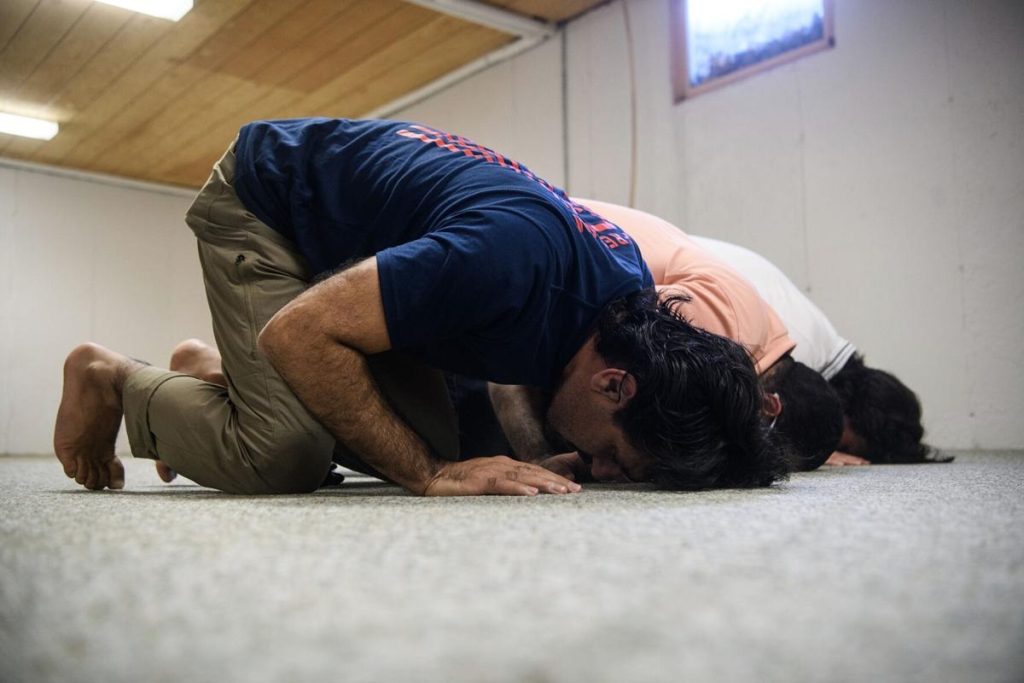
5. Challenges and Opportunities
Like other minority groups in rural America, Arab and Muslim Montanans sometimes face isolation, cultural misunderstanding, or limited institutional support. However, their visibility has been increasing, especially through university communities and professional networks.
Post-9/11 and during periods of geopolitical tension, some reported incidents of prejudice, but many also describe strong support from neighbors and colleagues, reflecting Montana’s tradition of local solidarity.
Conclusion: A Quiet but Vital Presence
Arab and Muslim communities in Montana may not be large in number, but their historical roots, cultural contributions, and professional roles are deeply woven into the state’s story. From early traders to modern physicians and scholars, they reflect the broader American immigrant experience—adapting, contributing, and preserving heritage in a unique western landscape.
